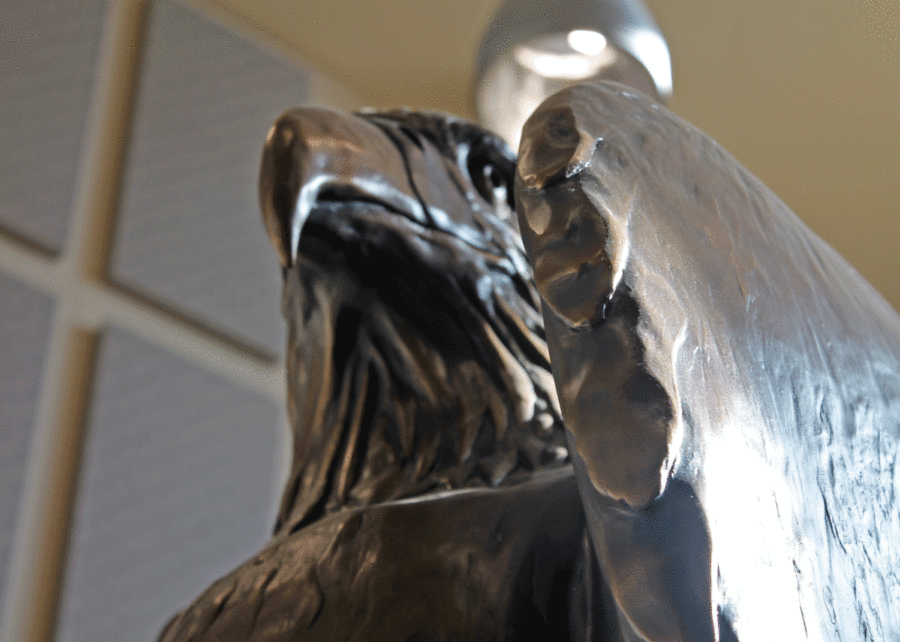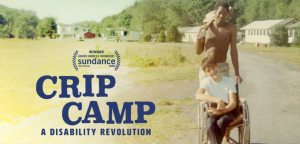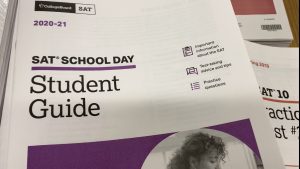Discussing Current Events in the Classroom
The Eagle statue is a central gathering spot in the school, but it also symbolizes the strength of the Eagle Valley community, including teacher and student relationships.
January 20, 2021
In a technology filled society, people are constantly surrounded by current events and the news. It jumps out from TVs, computers, and phones. This often leads to students wanting to talk about what they’ve seen and share opinions they’ve developed. As a result, schools are a breeding ground for conversation and discussions.
These conversations often overlap with content students are learning in the classroom. This overlap is often intentional in history teacher Joshua Stoneking’s class.
“What I try to do is identify parallels that are going on in regards to what happened to the past and what happened today,” explains Mr. Stoneking.
Our teachers each develop ways to facilitate discussions. English teacher Ms. Dwenna Nelson has many ways to keep her classroom civilized.
“I make sure that I’ve established an environment where students are respectful of each other and are willing to have respectful conversations,” Ms. Nelson explains.
Ms. Nelson has also set up some ground rules to ensure her classes maintain respect. One rule she has is, “if someone says this thing happened to me or shares an experience, no one in class is really allowed to say that didn’t happen to you or it’s not that bad. I try to foster the idea that you can’t invalidate someone else’s personal experiences.”
For a long time, teachers held the belief that they should not share their opinions with students. However, that idea is quickly changing. This summer, principal Greg Doan realized a new perspective. “Students want to know who you are, so revealing what your stance is can be appropriate, but you also have to allow for it to be done in a way that provides conversations,” Mr. Doan discovered. “I think you trust them more when you know that rather than them saying I don’t want to tell you anything.”
It is important that even when a teacher shares their perspective the class remains balanced.
“You can either get balance by remaining neutral and then saying let me hear what everybody is doing,” Mr. Doan explains, “or you can provide balance by saying here’s what I believe and why, and you get the chance to do the same thing.”
Oftentimes teachers share their perspective in order to demonstrate their thought-processes.
“I think teachers sharing their opinions can be ways for students to see how you arrive at a certain opinion. You can share research you’ve done to get to that place, or you can share experiences you’ve had in order to get to that place,” reveals Ms. Nelson.
As part of these discussions, teachers can teach their students how to evaluate sources.
“Where am I getting that information? Where is that source getting their sources from? Is it valid? Is it corroborated by other sources?” Mr. Stoneking reminds his students to ask.
These questions all help the “process of teaching kids how to think not what to think and giving them that ability to navigate a world in which truth is malleable,” Mr. Stoneking elaborates. He emphasizes that, “everybody’s social feed is full of some sort of spin on what’s going on.” This makes students’ ability to evaluate sources all the more important.
Social media can often only portray one side of the story.
“I may not hear something until I talk to you and hear what you’re listening to,” Mr. Doan explains. Class discussions allow this to happen.
Through learning to talk about controversial topics, listening to one another, and critically evaluating information, students learn the power behind their words.
As Mr. Stoneking puts it, “Words become thoughts, and thoughts become actions.”






